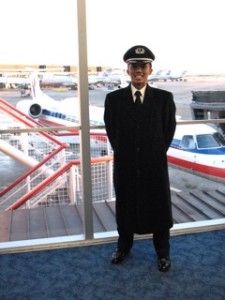Say goodbye to the days of prescription eyewear donned by your favorite celebrities and athletes – they’ve moved on to a more natural look. While many high profile men and women shy away from revealing surgical procedures that they have undertaken in the past, there has been a surge in popularity in celebrities proudly declaring their decision to undergo LASIK Eye Surgery.
From singer Jessica Simpson to actor Brad Pitt, football player Troy Aikman to basketball superstar LeBron James, we bear witness to an exponential growth of well-known, high-performance individuals who have gone LASIK. This choice is not just for aesthetic purposes (even though we must say they end up looking pretty darn good) – these superstars have dedicated themselves to improving their craft, lifestyles and athletic abilities by eliminating their dependence on prescription eyewear.
Here is a list of a few other celebrities who have committed to improving their vision and started the eyewear trend au natural:
- Nicole Kidman
- Lorenzo Lamas
- Dennis Quaid
- Michael Bolton
- Drew Carey
- Courtney Cox
- Tiger Woods
- John Tesh
Most fashion fads come and go but here at La Jolla LASIK we can guarantee you that perfect vision is a trend that will never go out of style!
Follow us at:
https://www.facebook.com/pages/San-Diego-CA/La-Jolla-LASIK-Institute/101095506604518
https://twitter.com/LaJollaLASIK
Sources:
https://www.articlealley.com/article_929032_23.html
https://www.lasikeyesurgerycorrection.com/celebrities_lasik.html



